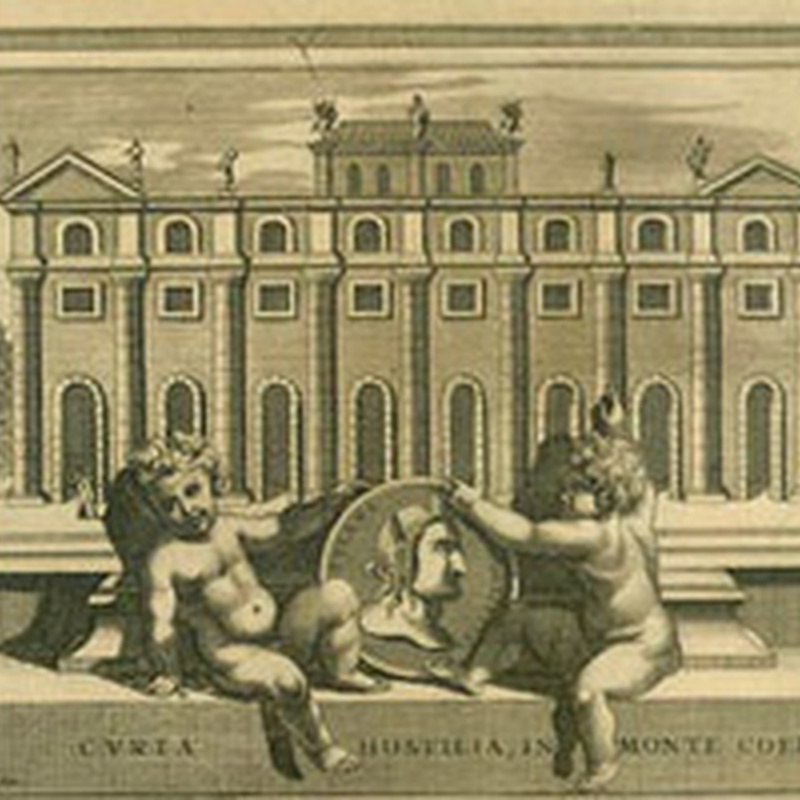Posted by Shazarch on 18 Mar 2021
Curia Hostilia
8th century BCE - 1st century BCE, Roman Forum
Cultural site
The Curia Hostilia, one of the original senate houses of the Roman Republic, has a foundational history intertwined with Rome's earliest days. Tradition holds that it began as a temple during the reign of Romulus, where tribes laid down their arms, and later served as a council space to the king. Tullus Hostilius is credited with reconstructing the Curia after a fire. Notable is the presence of the Lapis Niger, a set of black marble slabs marking a sacred altar, the Volcanal. Lucius Cornelius Sulla expanded the Curia in 80 BCE. The Curia Hostilia's final demise came in 52 BCE, when it was set ablaze during the funeral of Publius Clodius Pulcher. Throughout its existence, the Curia Hostilia underwent several architectural changes but retained its original form, serving as the epicenter of political life in early Rome. Open to the public, it allowed citizens to observe senatorial debates. Details such as the 'Tabula Valeria', a painting of a military victory, adorned its exterior. The Curia's location in the Forum Romanum underscored its symbolic importance to the Republic. Although the building's precise appearance is uncertain, it may have resembled the Curia Julia, sharing classic architectural lines. The Curia Hostilia was ultimately replaced by the Curia Cornelia and then by the Curia Julia, the latter completed by Emperor Augustus.
